Progress Update – the UN’s Global Universal Broadband Goals for 2015
Back in 2010 the United Nations (UN) set four key global digital development targets for Internet access and broadband connectivity, but how much progress has been made? Today the UN’s Broadband Commission has published their latest annual report, which reveals that a lot of progress has been made but some targets will slip the net.
The new report finds that more than 40% of the world’s people are now online, with the number of Internet users rising from 2.3bn (billion) in 2013 to 2.9bn by the end of 2014. More than 2.3bn will also access Mobile Broadband by end 2014, which should climb to a predicted 7.6bn within the next five years.
Meanwhile the USA ranks 19th globally in terms of the number of people online, which puts them just ahead of Germany (20th) and Australia (21st), but behind the United Kingdom (12th). In total, there are now 77 countries where over 50% of the population is online (up from 70 in 2013). Note: the world is home to around 196 countries. So how close are we to meeting the original goals for 2015? Let’s take a look.
United Nations Digital Broadband Development Targets (2015)
1. Making broadband policy universal.
GOAL: By 2015, all countries should have a national broadband plan or strategy or include broadband in their Universal Access / Service Definitions.
CURRENT: So far 140 countries (71%) have developed a national plan, strategy, project or policy to promote broadband (up from 102 in the year 2010), while a further 13 countries (7%) are planning to introduce such measures in the near future. Sadly that means 43 countries still do not have any form of broadband plan, strategy or policy in place and the slow pace of increase since 2012 (133 countries had a plan) suggests that this target will not be met.
2. Making broadband affordable.
GOAL: By 2015, entry-level broadband services should be made affordable in developing countries through adequate regulation and market forces (for example, amount to less than 5% of average monthly income).
CURRENT: By 2013, the majority of countries had reached the Commission’s target of offering basic fixed-broadband services at <5% of monthly GNI per capita, but broadband still remains unaffordable in many parts of the developing world. In particular, by 2013, fixed broadband services remained expensive, accounting for 32.2% of average monthly incomes in developing countries (compared with just 1.5% in developed countries).
The number of developing countries where broadband cost less than 5% of average income increased from 48 in 2012 to 56 in 2013 (with 26 developing countries in 0-2% and 30 in 2-5% in Figure 9). So there’s still a lot of work to be done here too.
3. Connecting homes to broadband.
GOAL: By 2015, 40% of households in developing countries should have Internet access.
CURRENT: The overall proportion of households in developing countries with access to the Internet currently falls short of the target, at just 31.2%. By 2015, only 34% of households in developing countries are likely to be connected to the Internet and the 40% is not expected to be met until 2017 “at the earliest“. However household penetration is at least above 50% in 27 developing economies worldwide.
4. Getting people online.
GOAL: By 2015, Internet user penetration should reach 60% worldwide, 50% in developing countries and 15% in Least Developed Countries (LDCs).
CURRENT: By the end of 2014, some 40.4% of the world’s population will be online. However, over two thirds of people in developing countries will still remain unconnected, as will over 90% of people in the world’s 48 LDCs. The global target of 60% Internet user penetration is thus “unlikely to be achieved by next year, even though Internet user penetration is approaching saturation in developed economies, at around 78%.”
Suffice to say that setting targets and meeting them are two very different things, especially for organisations like the UN that can only really encourage and suggest a course of action rather than to mandate it. The ITU Secretary-General, Dr Hamadoun I. Touré, said, “As we look towards the post-2015 UN Sustainable Development Goals, it is imperative that we not forget those who are being left behind.”
Dr Hamadoun I. Touré added:
“Broadband uptake is accelerating, but it is unacceptable that 90% of people in the world’s 48 Least Developed Countries remain totally unconnected. With broadband Internet now universally recognized as a vital tool for social and economic development, we need to make connectively a key development priority, particularly in the world’s poorest nations.
Connectivity is not a luxury for the rich – rather, it is the most powerful tool mankind has ever had at its disposal to bridge development gaps in areas like health, education, environmental management and gender empowerment.”
Work is now taking place on the next set of goals for 2015 to 2020, which will look at achieving gender equality in access to broadband, promoting education for all, reducing taxes and import duties on telecommunications/ICT equipment and services, boosting investment in new broadband infrastructure, enhancing demand for broadband and closing the digital divide.
Last year Dr Hamadoun Touré also hinted that one idea could be to set a new Goal 20-20 by 2020 to ensure that everybody in the world could access broadband speeds of 20Mbps (Megabits) for $20 a month (£13+) by 2020, although this proposal is unlikely to make much headway while universal access to basic broadband is still problematic.
Broadband Commission 2014 Report
http://www.broadbandcommission.org/Documents/reports/bb-annualreport2014.pdf
Mark is a professional technology writer, IT consultant and computer engineer from Dorset (England), he also founded ISPreview in 1999 and enjoys analysing the latest telecoms and broadband developments. Find me on X (Twitter), Mastodon, Facebook and Linkedin.
« Leicestershire UK Adds Improved Superfast Broadband Coverage Map
Latest UK ISP News
- FTTP (5515)
- BT (3514)
- Politics (2537)
- Openreach (2297)
- Business (2262)
- Building Digital UK (2244)
- FTTC (2043)
- Mobile Broadband (1973)
- Statistics (1788)
- 4G (1664)
- Virgin Media (1619)
- Ofcom Regulation (1461)
- Fibre Optic (1395)
- Wireless Internet (1389)
- FTTH (1381)
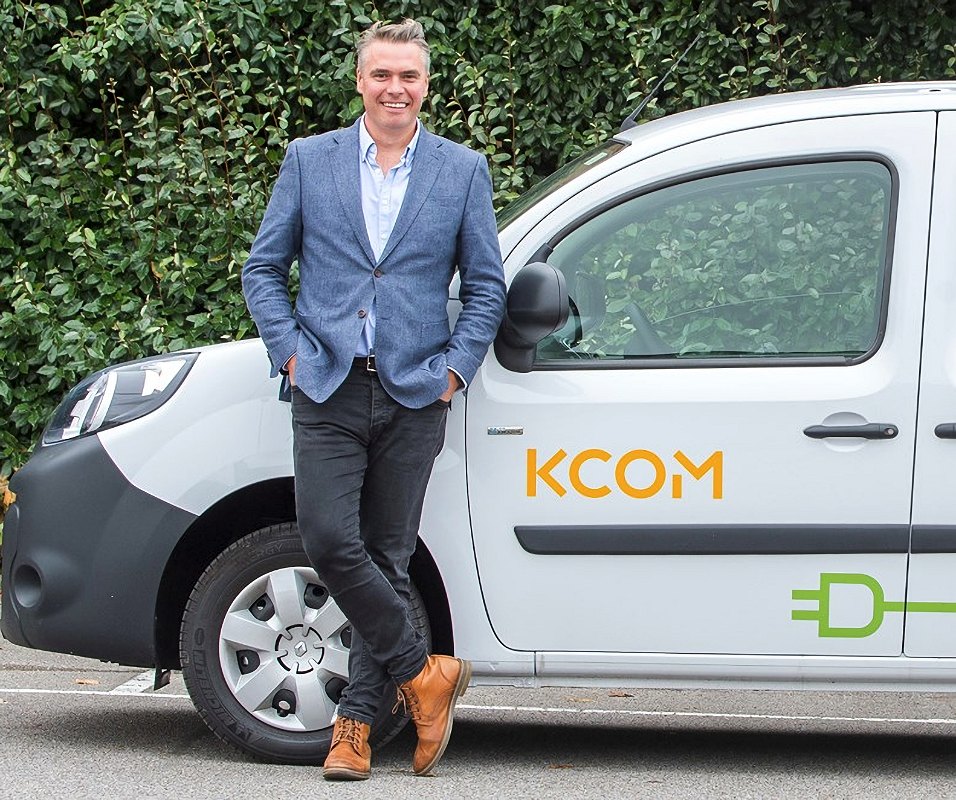

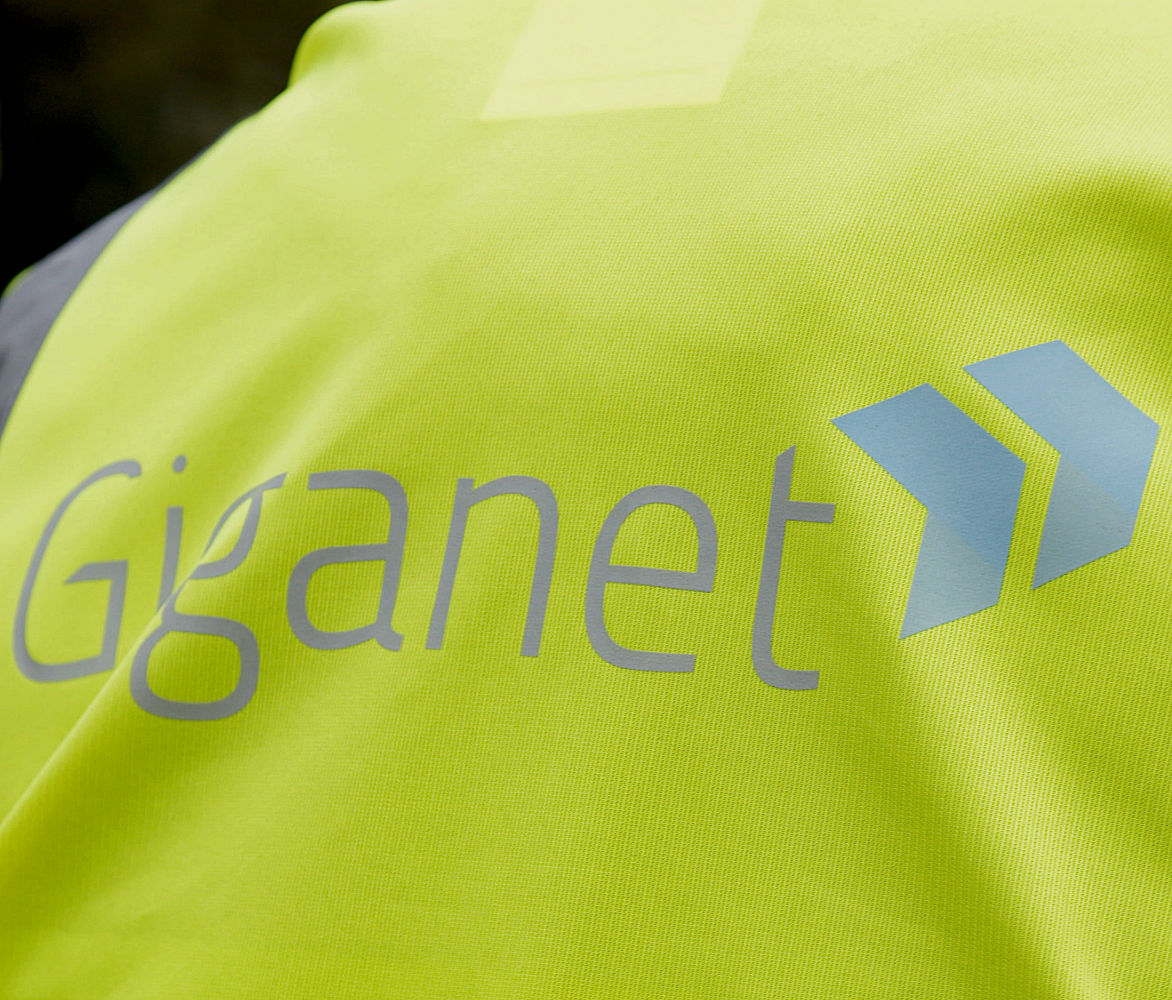

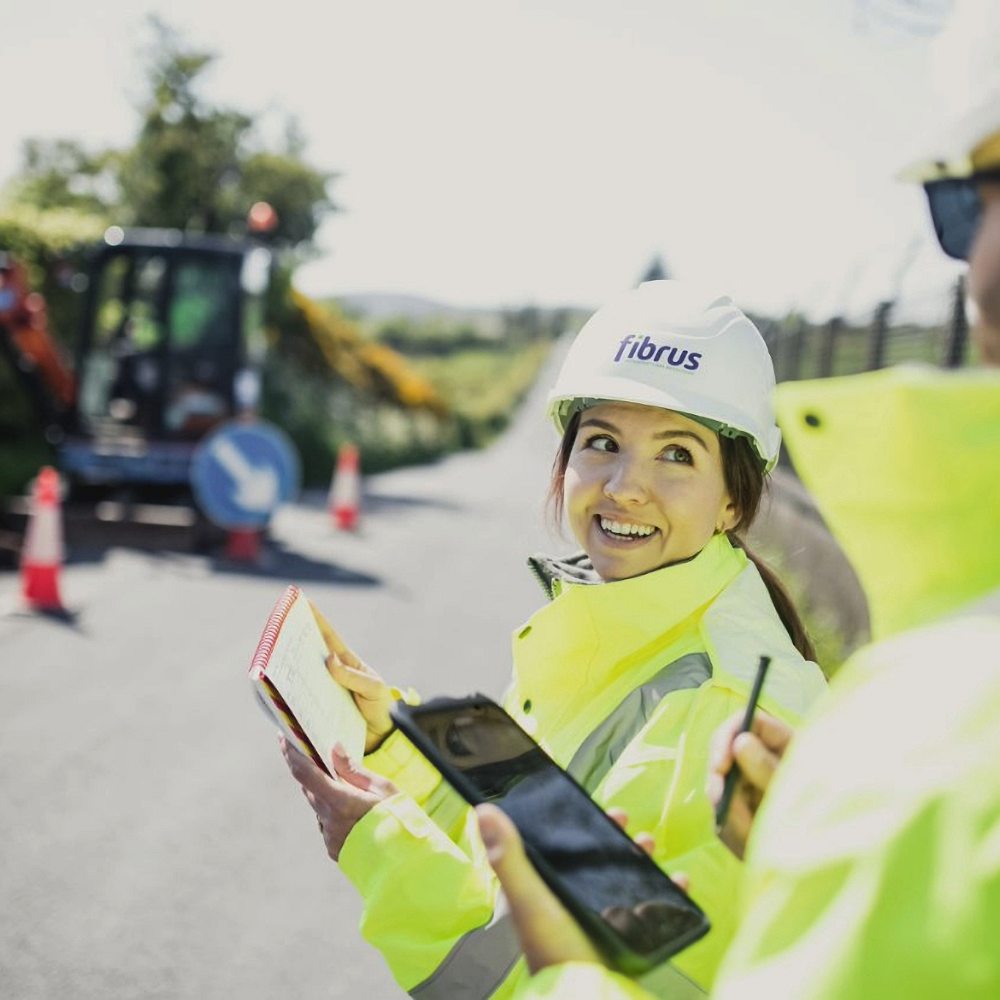
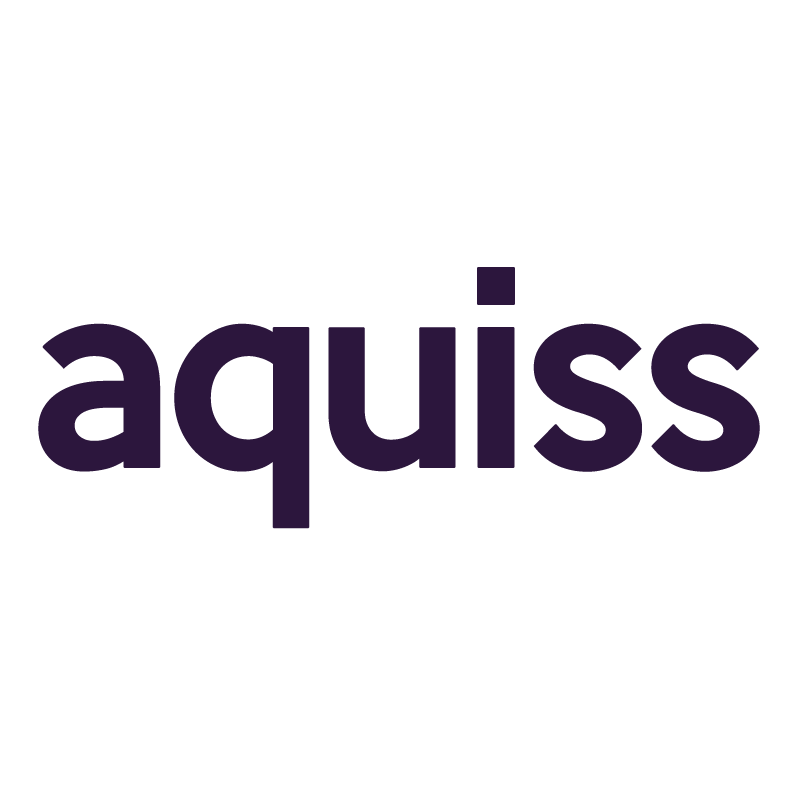










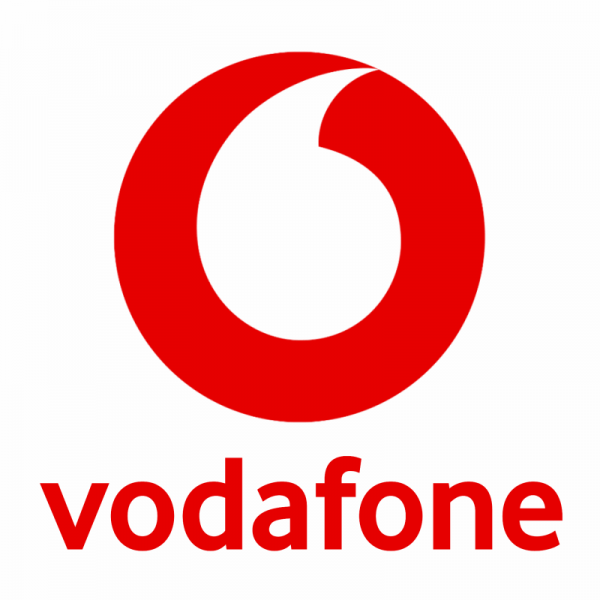
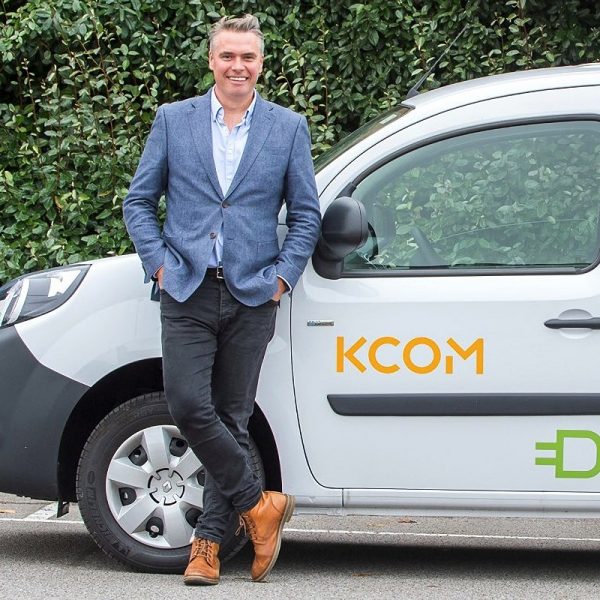
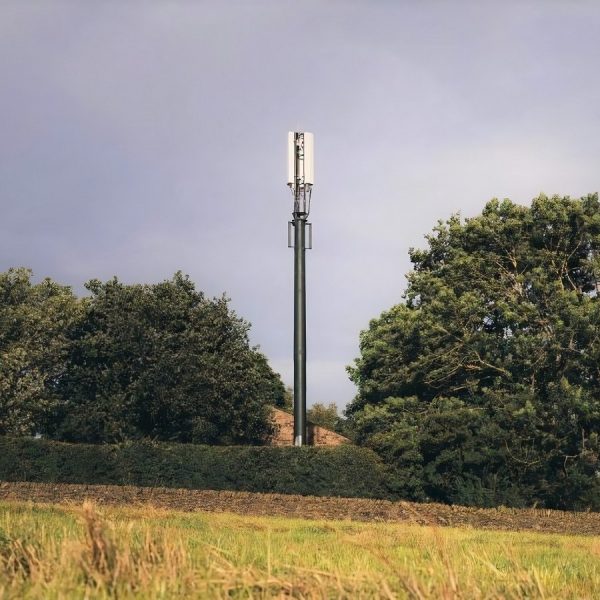
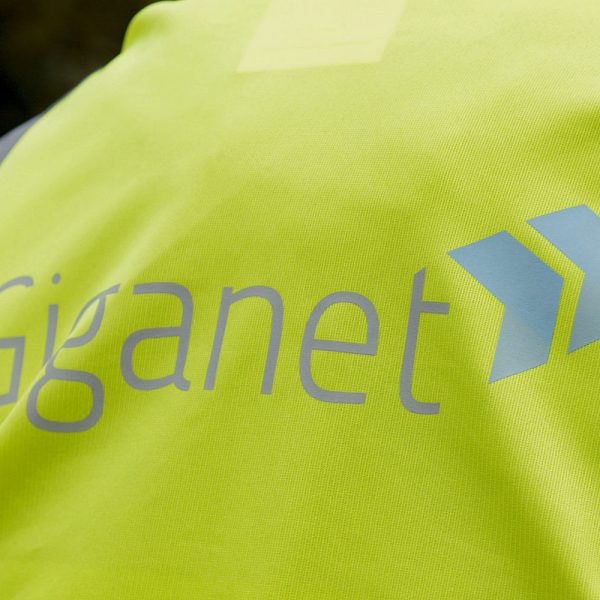




































Comments are closed